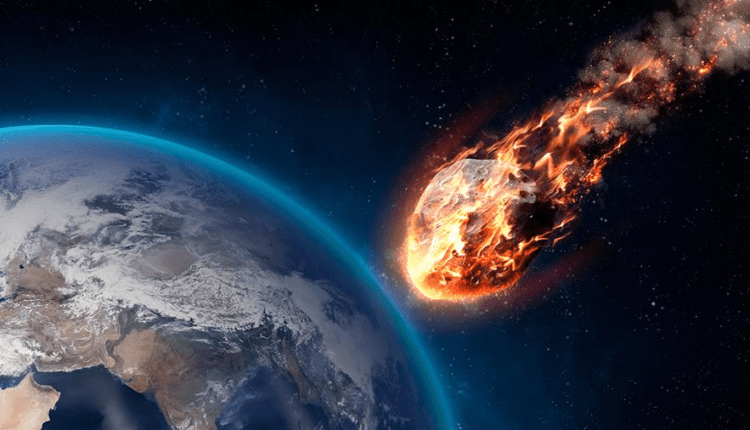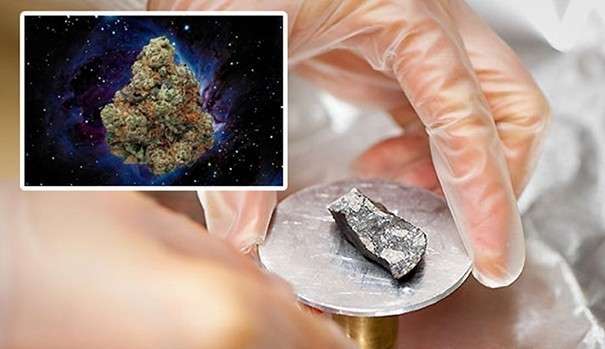For science, the question of what a meteorite consists of has long been resolved, because meteorites contain all the same elements that are present on Earth.
The principal composition of meteorites
If we evaluate on average, then the chemical composition of meteorites includes eight main elements:
- iron;
- nickel;
- silicon;
- sulfur;
- magnesium;
- calcium;
- aluminum;
- oxygen.
All other elements are usually represented as traces. These elements, interconnected, form the mineral body of the meteorite. Most of these minerals can also be found in the rocks of the Earth. But occasionally and in very small quantities in meteorites there are also minerals unfamiliar to terrestrial mineralogists. The obstacle to their formation on Earth is most likely the composition of the Earth’s atmosphere.
Traditional classification of meteorites by composition
The dominance of certain substances in the generally accepted classification determines how meteorites are divided by chemical composition, while scientists consider three groups.
Stone meteorites with mineral material
Chondrites
These are agglomerates that have undergone minor changes since their formation. They contain chondrules – rounded granules up to 1 mm in diameter, which make up the bulk of the structure of almost all such meteorites. Chondrules are instantly crystallized drops of molten silicates.
These "eternal" stones crystallized in a primary cloud of dust and gas under different conditions, so many of their varieties are now distinguished. The studied composition of the Chelyabinsk meteorite assigned it to the class of ordinary chondrites.
Video about the composition of the Chelyabinsk meteorite
Achondrites
These meteorites have a more complex history, allowing them to separate from asteroids or planets. These are also stony meteorites, but do not contain rounded chondrules. Their structure and composition are reminiscent of terrestrial basalts. All achondrites were melted at some point, so they lost their chondrules, even if there were any. This is a fairly common type of heavenly stones – about 8% of all meteorites found on Earth. It is assumed that most of the landed achondrites owe their origin to the asteroid Vesta, while the rest were generated by the Moon, Mars and a number of asteroids.
Metal meteorites (siderites, iron meteorites)
Previously, objects with a similar internal structure (ataxites, hexahedrites, octahedrites) were classified as iron meteorites, but now these terms are used only for descriptive purposes. For them, the classification of meteorites according to their chemical composition is now used. Almost all iron meteorites are resistant to terrestrial weathering, therefore they persist longer than other analogues. Therefore, iron meteorites account for about 89% of the total mass of all celestial stones found. However, they are quite rare – 5.7% of the number found. Most iron meteorites contain iron and nickel and contain almost no mineral impurities. The latter manage to survive in round nodules formed by graphite, troilite, or iron sulfide; shells of iron-carbide cohenite or schreibersite (iron phosphide) are often found.
Using extremely sensitive analysis methods, the researchers were able to detect that meteorites contain traces of rare elements such as gallium, germanium or iridium.
Nickel and iron in metallic meteorites are present in the form of two minerals, most often it is kamacite, which contains 4-7.5% nickel. This mineral has large crystals that appear as beam-like structures or broad bands when the surface of an iron meteorite is etched. Another mineral is taenite, which contains more nickel (27-65%). Its crystals are smaller and on the etched surface of the meteorite, they look like thin reflective ribbons.
Meteorites with a mixed composition (iron-stony meteorites)
Pallasites
In pallasites, the base is iron-nickel, which has inclusions of olivine crystals. The name appeared in honor of the German scientist P. Pallas, who found the first meteorite in Russia near Krasnoyarsk. The olivines included in the composition of pallasites have a similar structure and composition. They contain less nickel and calcium compared to samples of terrestrial olivines.
The olivine crystals included in palassitic are a network-like matrix formed from nickel iron. In weathered pallasites that have lain on the surface of the earth for a long time, olivine crystals usually turn black or discolor, and weathering gives them a very unusual spongy appearance. But if fresh pallasite with olivine crystals of the order of a centimeter is cut and polished, then its appearance will be completely different.
The origin of pallasite and iron meteorites is closely related. It is assumed that the sources of iron meteorites were the interior of the cores of differentiated asteroids, while pallasites arose from the outer layers of the cores – where the metallic components of the core and the silicate-rich material of the asteroid’s crust were mixed.
Mesosiderites
In their case, the composition of meteorites and their substances imply an approximately equal content of nickel, iron and silicates (olivine, calcium feldspars, pyroxenes). Mesosiderites are characterized by a heterogeneous brecciated structure. Metals and silicate materials are present in them in the form of fine-grained intergrowths and acute-angled or rounded fragments.
Meteorites of this class are very rare. So, by 2009, only 145 such meteorites had been found, of which 44 were found in Antarctica. Despite the rarity of these space guests, humans have observed the fall of seven mesosiderites. Fragments of some mesosiderites weigh several tons and are among the largest meteorites found.


